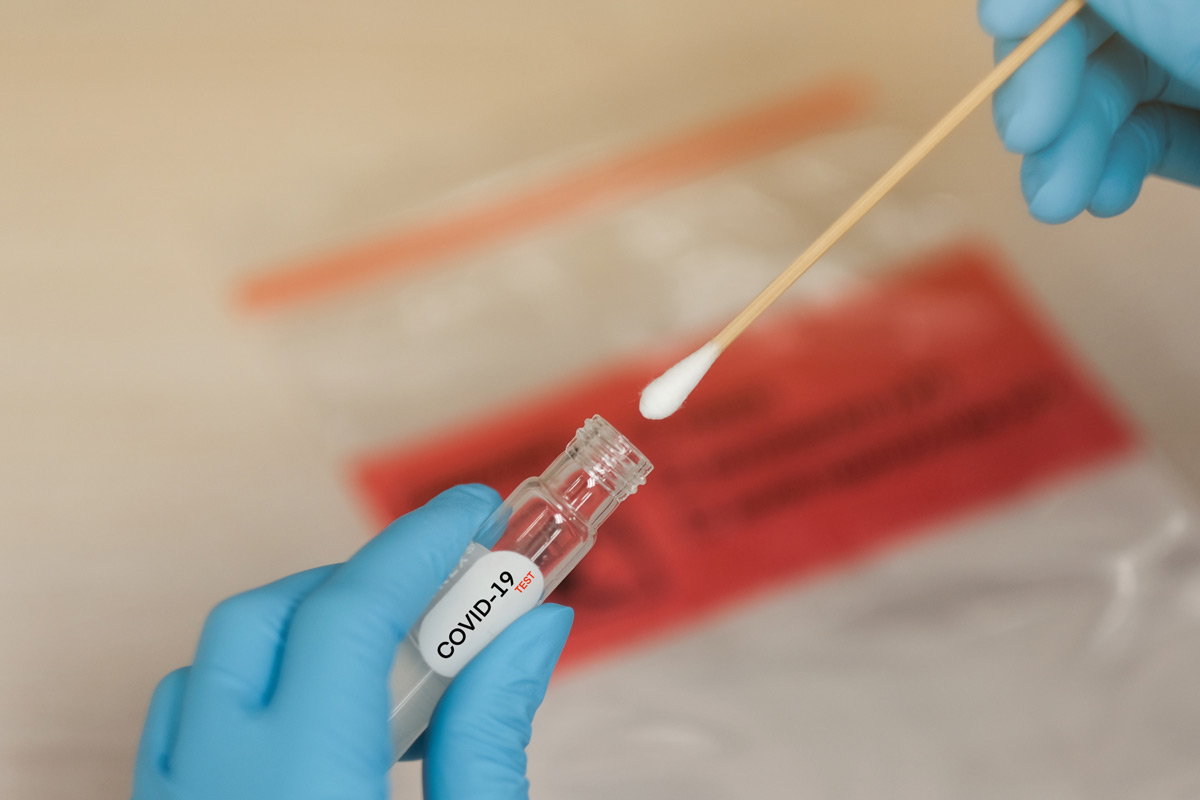
Understanding COVID-19 data: Comparing data across time
This piece is part of a series, presented by our partner SAS, that explores the role of data in understanding the COVID-19 pandemic. SAS is a pioneer in the data management and analytics field. (Check out other posts in the series on our Get Smart About COVID-19 Misinformation page.)
In addition to comparisons of COVID-19 data across countries, other information that can keep us glued to our seats is seeing how the number of cases and deaths are changing over time. While these insights can help us draw some conclusions, it’s important to consider the numbers critically. Because this disease and our responses to it are changing daily, so are the factors that go into each number.
For example, consider the two graphs in this Business Insider article, showing the case fatality rate by country.
It’s interesting to see that just a few weeks ago, the U.S. had the worst case fatality rate of any country. Was that because we were woefully unprepared? Or was it because our medical system was failing? Or was it because of the lack of tests we had available at the time?
The final factor is likely a big part of the answer. We can infer this because the fatality rate appears to have declined significantly since that time. We’re either getting better at treating COVID-19, or we are improving our detection of less severe cases through increased testing. An increase in testing results in a rise in the number of cases reported, thus lowering the case fatality rate. Either way, the fundamental sources driving the data are changing over time.
You can see a very clear example of this when you look at almost any graph of cases in China (including the one below). Most show a significant jump in cases on or around Feb. 12, when China made a decision to reclassify thousands of people as positive for COVID-19 without confirming those cases through diagnostic testing. This additional context is critical in being able to accurately interpret the data.

By Phoenix7777 – Own work
Data source: Coronavirus disease (COVID-2019) situation reports, World Health Organization (WHO), CC BY-SA 4.0, Link
Unfortunately, most of the changes in underlying factors don’t have such a clear demarcation. In many countries, testing has slowly ramped up, making it possible to detect more cases over time but difficult to determine if an increase in cases is due to wider testing or simply the spread of the disease.
Similarly, changes to policy — in various degrees and with various impacts — have rolled out in many countries. This includes differences in social isolation requirements or whether people with mild symptoms should be tested. Each decision impacts the data we see, so we can’t interpret the resulting changes in cases or deaths over time as concrete evidence of how the disease spreads. It also makes it challenging to predict what will happen in the future.
Other articles in this series:
![]() About SAS: Through innovative analytics software and services, SAS helps customers around the world transform data into intelligence.
About SAS: Through innovative analytics software and services, SAS helps customers around the world transform data into intelligence.